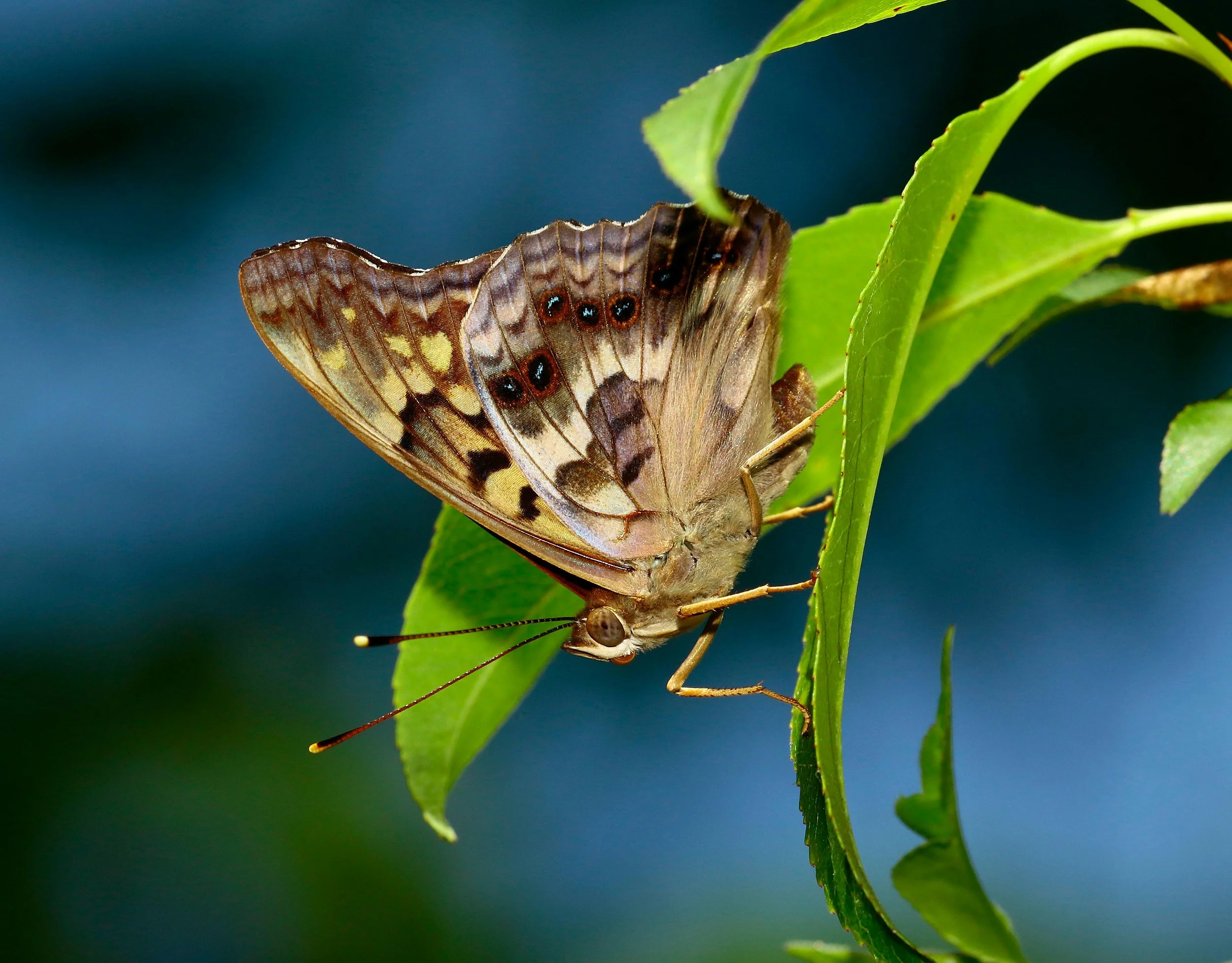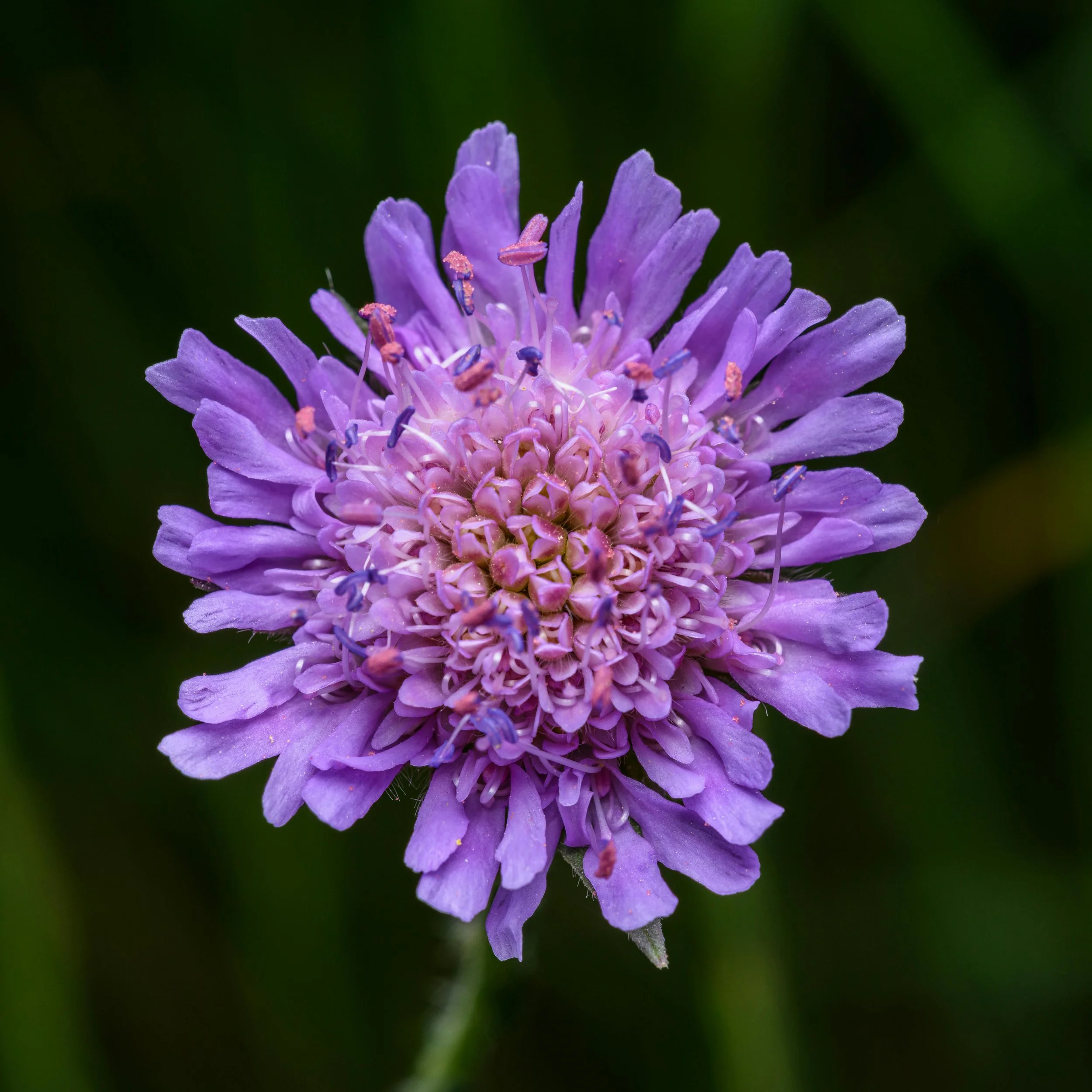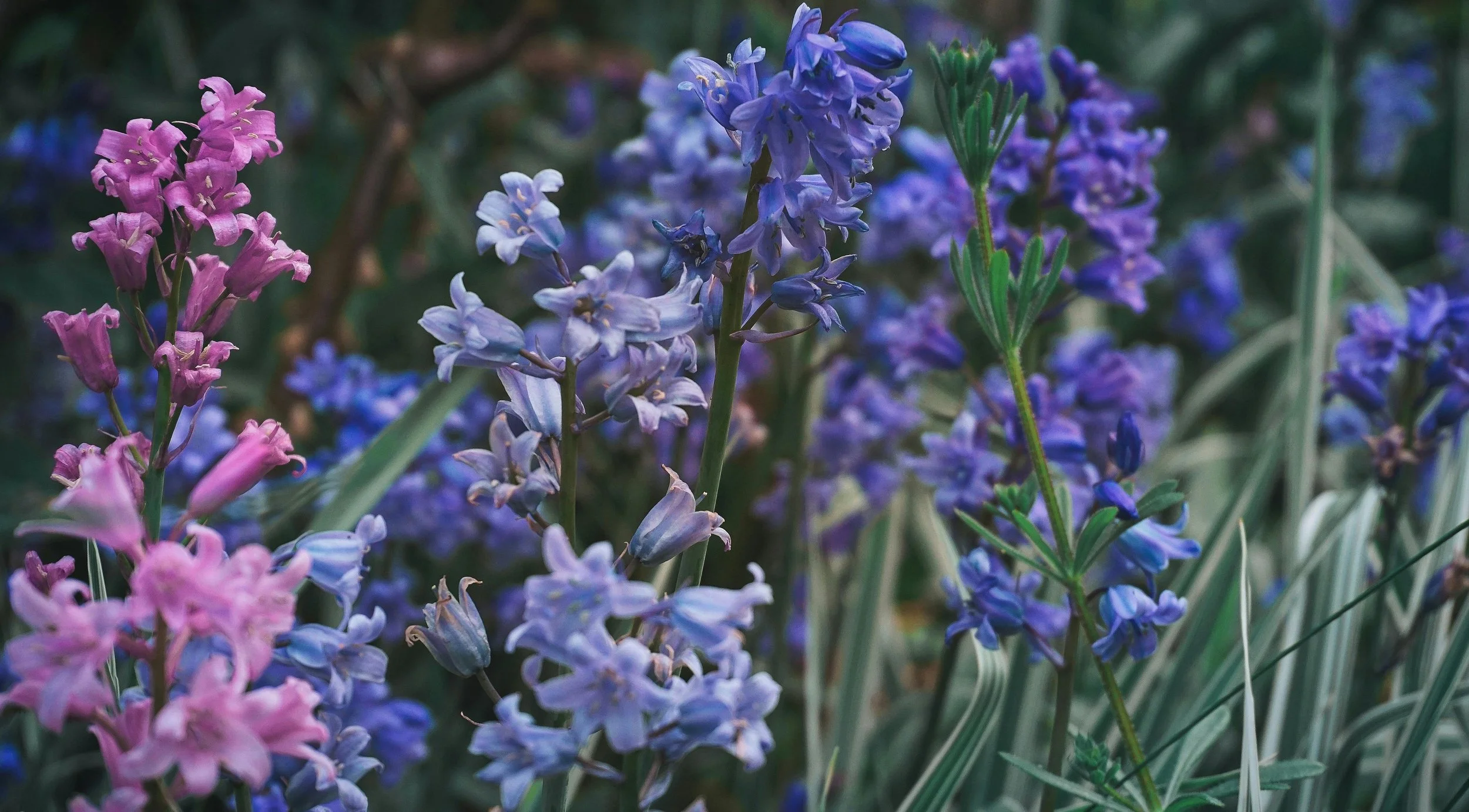The Best Plants & Flowers for Eco-Friendly UK Gardens
At Bud Design & Landscaping, we’re passionate about creating outdoor spaces that not only look stunning but also contribute positively to the environment. If you’re planning to create an eco-friendly garden, choosing native plants and flowers is one of the best ways to ensure sustainability while celebrating the beauty of British flora. Let’s explore the benefits of using native plants and flowers and highlight some of the top choices for your garden.
Why Choose Native Plants?
Native plants are naturally adapted to the UK’s climate, soil, and wildlife. This makes them an ideal choice for eco-friendly gardens. Unlike non-native species, native plants require less water, fertiliser, and maintenance. They also provide a vital habitat for local wildlife, including pollinators like bees and butterflies, which play a critical role in biodiversity.
As a leading landscaping company, we’ve seen how incorporating native plants into residential landscaping can transform a garden into a thriving, self-sustaining ecosystem. Whether you’re working with a landscape designer or planning your garden yourself, native plants are a win-win for beauty and sustainability.
If you’re serious about building or developing your eco-friendly garden, the quickest way to get the answers you’re looking for is by giving us a call!
Top Native Plants & Flowers for UK Gardens
Here are some excellent native plants to consider for your eco-friendly garden:
1. Field Scabious (Knautia arvensis)
Known as the "butterfly plant," field scabious produces nectar-rich lilac flowers that attract butterflies and bees. It’s an excellent choice for wildflower meadows or sunny borders.
2. Hawthorn (Crataegus monogyna)
A classic hedgerow plant, hawthorn is perfect for creating natural borders in residential landscaping. Its spring blossoms support pollinators, and its berries provide food for birds in autumn.
3. Common Bluebell (Hyacinthoides non-scripta)
Transform shaded garden corners with the iconic British bluebell. This woodland plant adds a carpet of vibrant blue in spring and supports pollinators like bumblebees.
4. Wild Marjoram (Origanum vulgare)
A versatile herb that’s both decorative and practical. Wild marjoram’s pinkish-purple flowers attract bees and butterflies, while its leaves can be used in cooking.
5. Silver Birch (Betula pendula)
This elegant tree is ideal for adding height and structure to your garden. Its light canopy allows other plants to flourish beneath it, and its seeds and leaves support a variety of wildlife.
6. Yarrow (Achillea millefolium)
With its feathery foliage and flat-topped flowers, yarrow is a resilient plant that thrives in various conditions. It’s a great choice for wildflower meadows or as part of a low-maintenance border.
Tips for Designing an Eco-Friendly Garden
Creating an eco-friendly garden requires thoughtful planning. Here are some tips from our experienced landscape designers:
Opt for Mixed Planting: Incorporate a variety of native species to support different types of wildlife and create year-round interest.
Reduce Lawn Areas: Consider replacing traditional lawns with wildflower meadows or groundcover plants to save water and encourage biodiversity.
Use Sustainable Materials: Choose natural, recycled, or locally sourced materials for hard landscaping elements like paths, patios, and decking.
Harvest Rainwater: Installing a rainwater harvesting system can educe your garden’s water consumption.
Avoid Chemical Pesticides: Use organic methods to control pests and diseases, ensuring the safety of beneficial insects.
Partner with a Professional Landscaping Company
Transforming your space into a sustainable garden haven is easier with expert guidance. At Bud Design & Landscaping, we specialise in eco-friendly residential landscaping. Our team of skilled landscape designers will work with you to create a garden that’s beautiful, functional, and environmentally friendly.
Conclusion
By choosing native plants and adopting sustainable practices, you can make a significant impact on the environment while enjoying a stunning outdoor space. An eco-friendly garden is not only a joy to behold but also a gift to future generations.
Ready to start your journey towards a greener garden? Contact Bud Design & Landscaping today, and let’s bring your eco-friendly vision to life!







